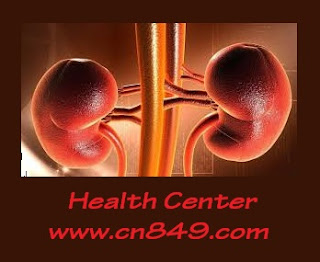Acute Rheumatic Fever
Is a systemic disease characterized by inflammatory lesions of connective and endothelial tissue :
 |
| Acute Rheumatic Fever |
Acute Rheumatic Fever
Etiology :
- The exact pathogens are unknown.- It is thought to be an autoimmune response to group a beta hemolytic streptococci.
- Most first attacks of rheumatic fever preceded by streptococcal infection of the throat or upper respiratory tract at an interval of several days to several weeks.
Altered physiology :
- The unique pathologic lesion of rheumatic fever is the Aschoff body.- The basic changes consist of exudative and proliferative inflammatory reactions in the mesenchymal supporting tissues of the heart, joints blood vessels and subcutaneous tissue.
- The inflammatory process involves all layers of the heart.
- The inflammatory may involve the heart valves, most frequent the mitral and/or the aortic valves.
Clinical manifestations :
- The diagnosis is based on a combination of manifestations of the disease.- The presence of 2 major criteria or 1 major and 2 minor criteria, plus evidence of preceding streptococcal infection are required to establish the diagnosis.
Major manifestations :
1- Carditis: significant murmurs, signs of pericarditis, cardiomegaly or congestive heart failure.2- Polyarthritis: the affected joints are swollen, tender and red migratory, the large joints are affected.
3- Subcutaneous nodules :
- Firm, painless bodies seen or felt over the extensor surface of certain joints, particularly the elbow, knee and wrists.
- Disappear mostly after 4 months.
- Presence of nodules is an indicator that the heart is involved.
4- Erythema marginatum :
Circinate or annular rash occur on the arms, trunk and legs { never on the face}. evanescent, pink rash, have pale centers and round or wavy margins.
5- Chorea : Purposeless involuntary movement often associated with muscle weakness, incoordination of voluntary movement and emotional instability.
Minor manifestations :
1- Fever.2- Arthralgia.
3- Prolonged P-R interval in the ECG.
4- Increased E.S.R, leukocytosis, positive C-reactive protein.
5- A history of streptococcal infection, scarlet fever, previous history of rheumatic fever.
Treatment :
1- Bed rest for 2 weeks then gradual ambulation.2- Cases without cardiac involvement, aspirin only 100 mg/kg/day in 4 hours divided doses . until E.S.R. is normal for 2 weeks.
3- With cardiac involvement aspirin and prednisone.
4- Prevention of rheumatic fever through control of streptococcal infection: procaine penicillin G 1.200.000 units once a month.
READ MORE:
Chickenpox And Diphtheria
Thalassemia major " Cooley's anemia "
Congenital Dislocation Of The Hip CDH















